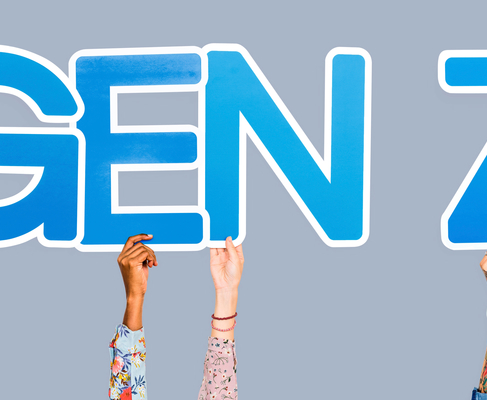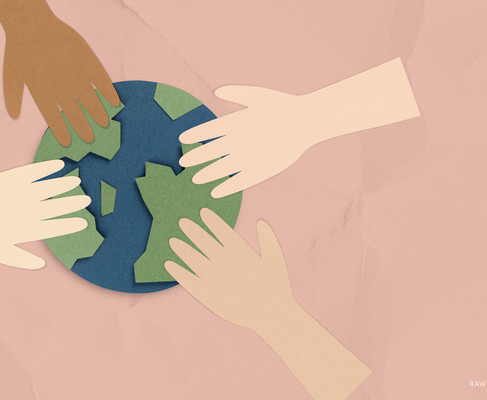Do you remember when branding meant, first and foremost, corporate identity? One key message of «powerful brands» was more; «You can trust me because I'm big and global!» Research in recent years has shown consumers give less and less credit to international corporations each year. The latest polls from Ipsos Connect indicate that 42 per cent of consumers do not trust major brands and 69 per cent don't seem to believe in advertising at all. As we can see, there is a clear demand for trust.

As a result, brands no longer want to look big, strong and corporative. They are willing to become community-based, simple and clear to the consumer. As we have described, progressive companies were using this trend. Remember that recent re-branding of UBER — "new brand identity" no longer attracts consumers with a bright design but strives to be totally honest, transparent and understanding. Minimalism is the best example of a true desire for simplicity.

It is worth noting that minimalism is not only relevant for brand identity and packaging design but also in all brand-communications. Why do successful brand managers and designers, marketers and ad makers deliberately simplify brand messages? How do they become clearer and more accessible to the consumer? Let's deal with it!

There are several outstanding examples where consumer loyalty increases even under adverse circumstances. KFC in England experienced supply disruptions in early 2018. As a result, the company had to apologize to its visitors due to a shortage of chicken.

There was an image of an empty bucket on the chicken wings with FCK inscription instead of the traditional KFC placed in print advertisements. There was a basic signature under the photo: "We're sorry." On social media, this apology was accepted benevolently and with humor, and comments stated that this was the most sincere and human apology made in a long time. The most loyal consumers joked: "KFC chicken is so good! No wonder, it has run out of stock..."

A limited collection of Lacoste polo depicting endangered species instead of the iconic crocodile helped the brand to strengthen its position. It testifies to the company's care not only for profit that results to a broader perspective for the company. Launching of the limited collection was accompanied by raising funds to protect endangered species.

The campaign will last for three years. This is an excellent and creative solution to respond to new branding challenges! Polo shirts look good even without a crocodile. Lacoste now challenges to maximally benefit from the event and make the results of the action as transparent as possible for consumers.

Let us not forget that consumers are now so cynical about brands with a "human face" that they question any innovations. Burberry realized this having dedicated its new collection to the LGBT community by adding rainbow hued stripes to its recognized brand of tartan.

To avoid looking like a "major brand" which tries to profit using LGBT scandals, Burberry timed this story to coincide with Christopher Bailey's resignation as creative director after 17 years work in the company. He dedicated his farewell collection to the LGBT community. Furthermore, the company donated part of the collection's sales to International Charitable Foundations helping to representatives of the community. This made the promotion look quite human and sellable at the same time.

We can simplify the logo or form of communication as much as we can and still not reach the desired closeness to the consumer. A deeper level of communicating helps companies to maximize the impact.

We're talking about the level where communicating is far beyond words and pictures - pleasant tactile and sound Visa devices, excellent virtual Alice and Siri voice assistants, consumers' participation in the production of goods through voting (see Heinz) and much more. Brands now have intellectual and sensory features that can affect our senses and stimulate new areas of consumption. But this is a theme for a separate article.









